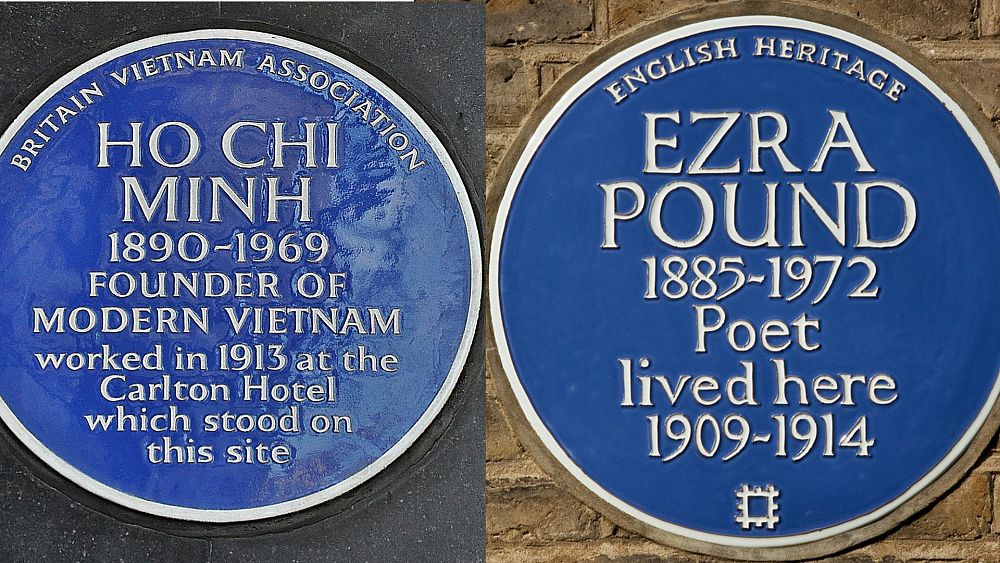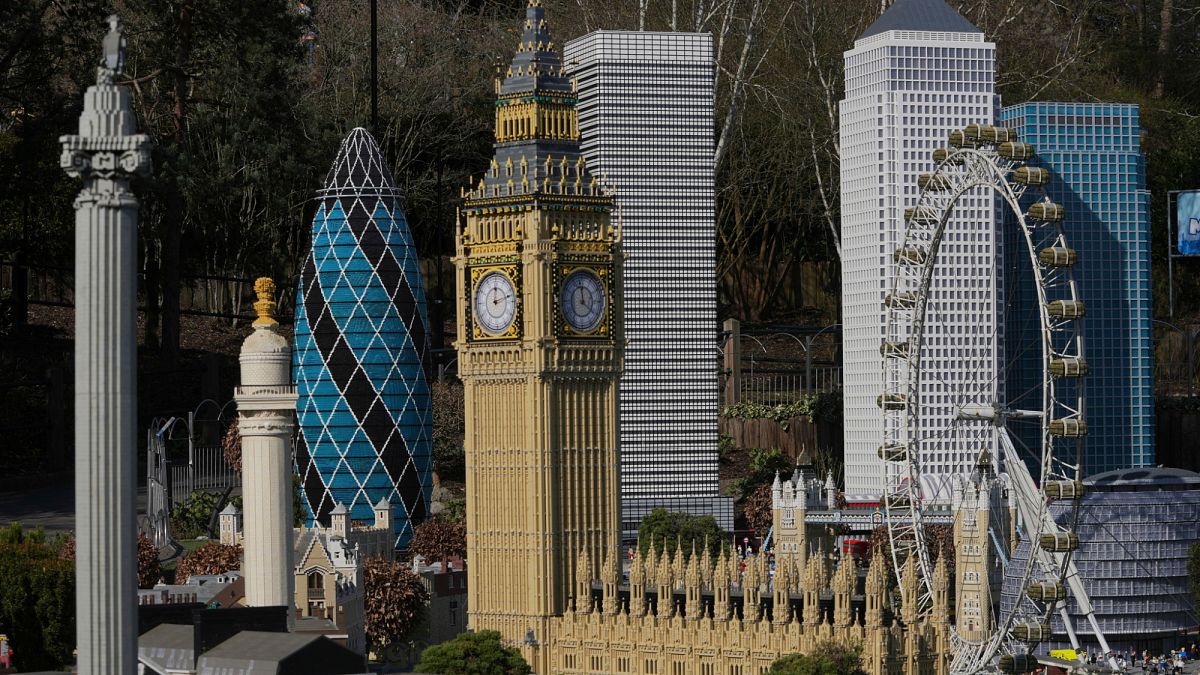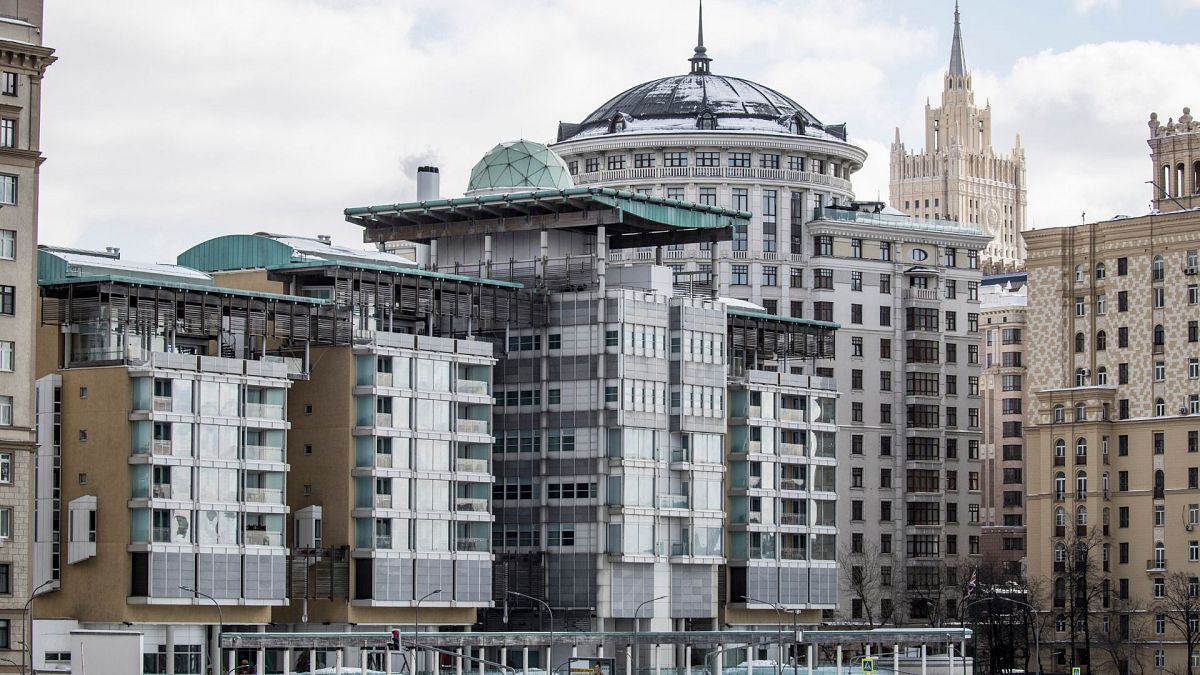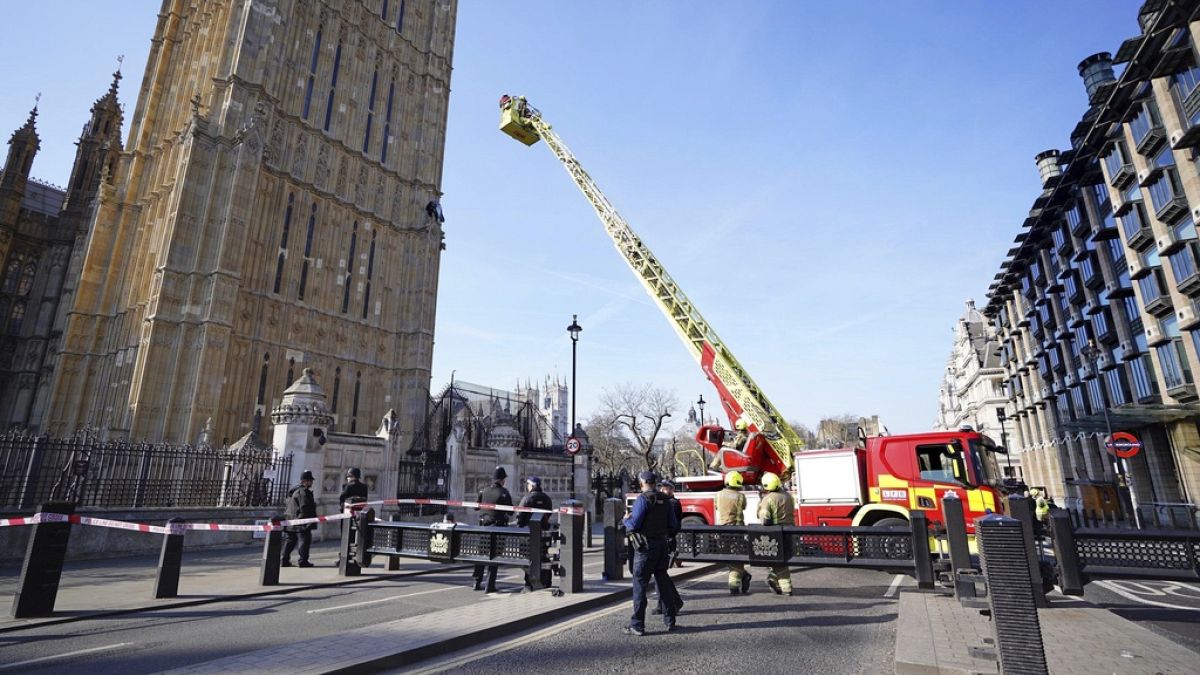Blue plaque scheme could be expanded across England

There are more than 1,000 of the markers in the capital celebrating historic people and places.
The blue plaque scheme, which honours significant historical figures and their connections to buildings, could be extended beyond London to the whole of England.
The UK government has proposed a unified nationwide scheme for the signs, which was launched by the Society of Arts in 1867.
The project began in London and was taken over by English Heritage in 1986.
Councils and heritage societies across the UK have taken up the idea with local programmes, but there are no official England-wide guidelines for the plates.
What is the blue plaque scheme?
London’s blue plaque scheme celebrates notable famous people and the buildings they lived in or spent time in.
There are over 1,000 of the markers in the capital.
English Heritage has imposed strict guidelines to determine who is worthy of the accolade. Recipients must have been dead for at least 20 years and be worthy of national recognition.
The property bearing the plaque must either be where they lived for a significant period of time or spent a key moment of their lives such as when composing a seminal work or creating a pioneering invention.
Will the blue plaque scheme be extended across England?
Lord Parkinson, the government’s arts and heritage minister, called London’s blue signs “world-renowned.”
“People everywhere should be able to celebrate the figures who have shaped their community – which is why we are seeking to extend this opportunity across the country, to allow people and buildings from anywhere in England to be nominated,” he said.
An alternation to the way the London scheme works will be debated in the House of Lords after an amendment was tabled to the government’s Levelling Up and Regeneration Bill.
In 2000, English Heritage trialled a national blue plaque scheme but discovered “much of the ground had already been covered,” according to the charity’s website.
There are now blue markers across the UK. This summer, former England footballer Richard Pym was honoured in Topsham, Devon, while leading stained-glass artist Margaret Rope now has a plaque in Woodbridge, Suffolk.
As there is no national scheme controlling the erection of blue plaques around the country, the conditions for receiving one vary widely.
Some councils have installed plaques even when the historical figure only spent a brief period of time at the location.
A market in Norwich commemorates the day in 1971 when Muhammad Ali entered a supermarket during a promotional tour by Ovaltine.
The Department for Culture, Media and Sport has proposed Historic England – a public body funded by the government – to run the England-wide scheme, while English Heritage will continue to oversee it in London.
“In developing a national blue plaques scheme that will celebrate heritage across England, we want to help people feel a stronger connection to the history all around us and shine a light on the people and places of the past which have made us who we are,” said the head of Historic England, Duncan Wilson.
Source: Euro News















